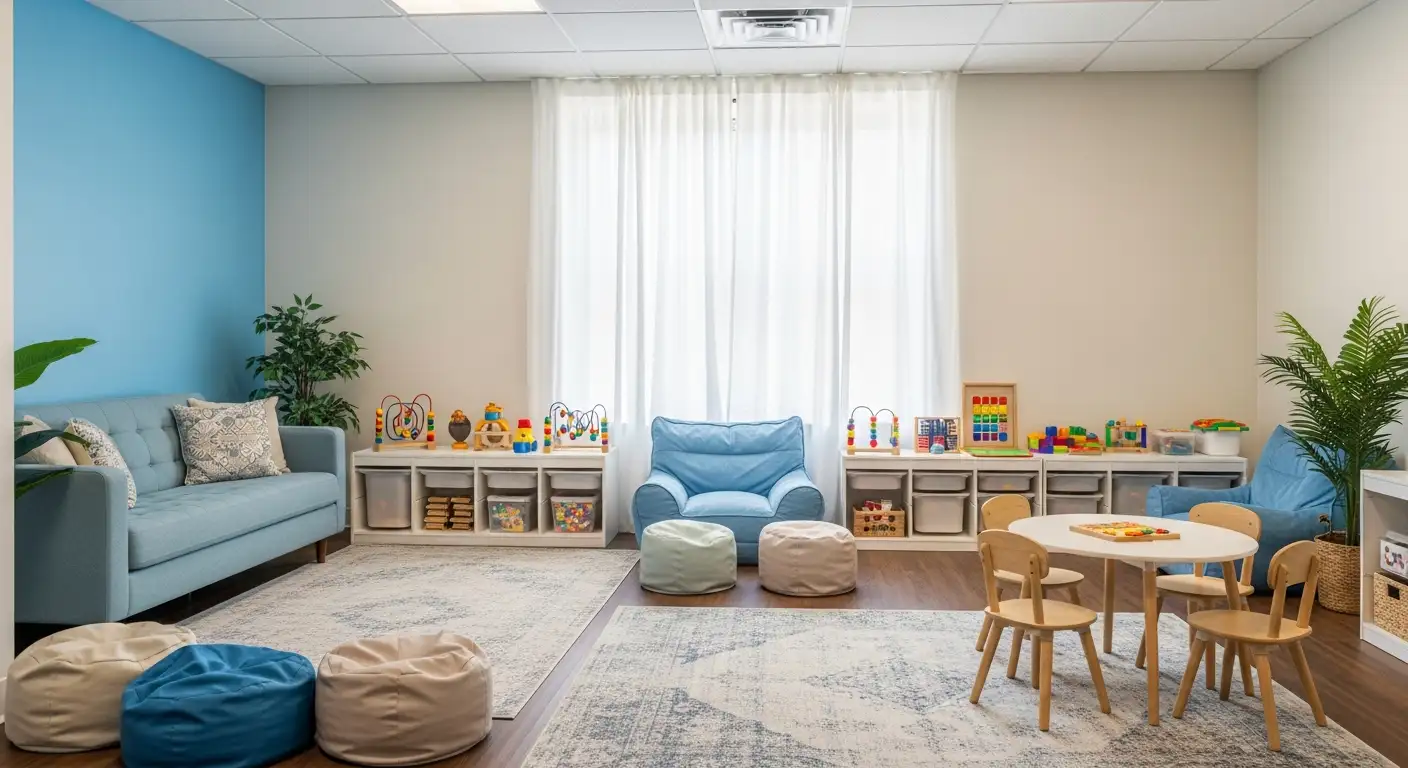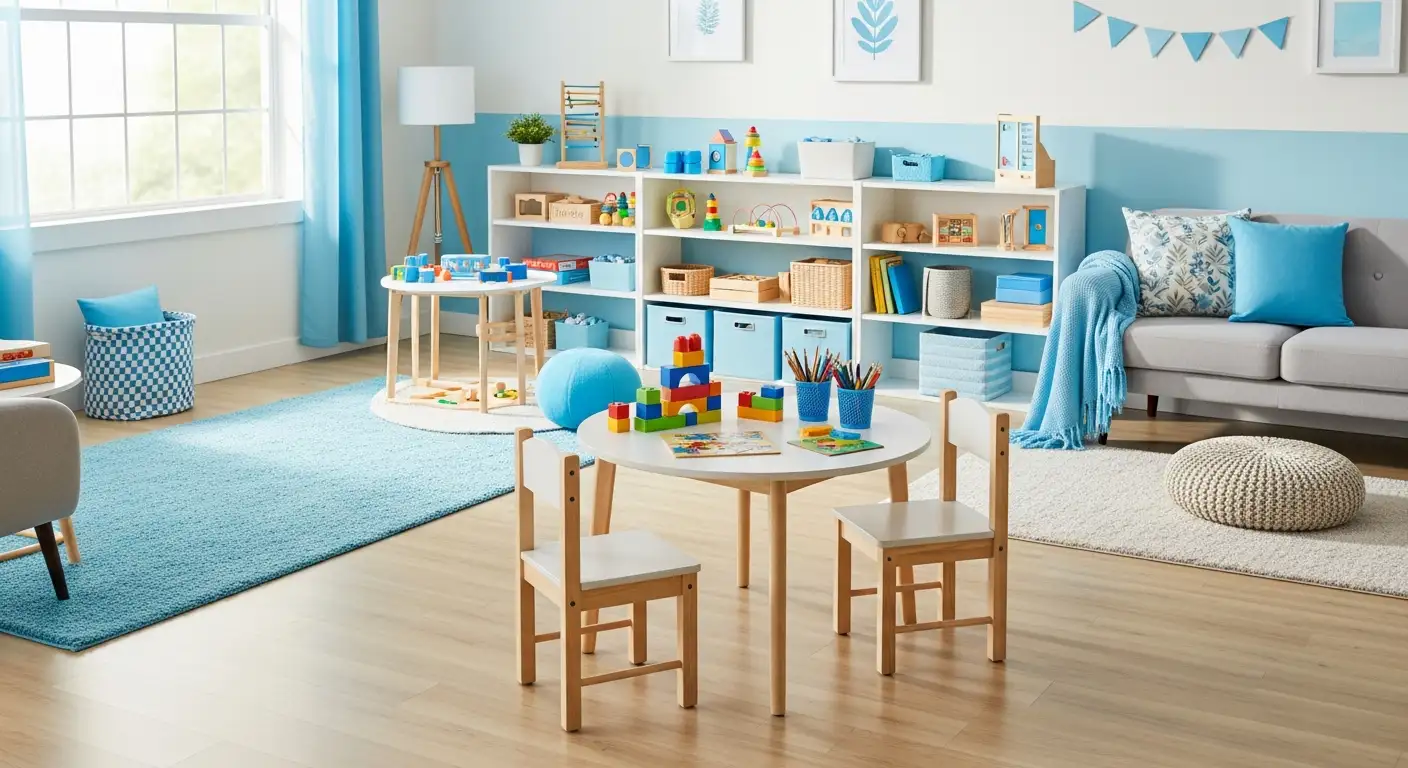Understanding and Supporting Social Skills in Autism
Encouraging social smiles and eye contact in children with autism involves a nuanced, sensitive approach that respects individual differences and developmental needs. While these nonverbal communication behaviors are vital for social interactions, they can pose challenges for children on the autism spectrum. This article explores effective methods, including behavioral strategies, visual supports, and naturalistic activities, aimed at enhancing social communication, fostering emotional expression, and creating supportive environments for children with autism to thrive socially.
Recognizing Developmental Milestones and Social Delays in Autism

What are social delays in autism and how can they be addressed?
Children with autism often experience delays in social behaviors such as social smiling and eye contact. Social smiling, which involves sharing positive feelings via facial expressions and eye contact, tends to develop later and less frequently in autistic children compared to neurotypical peers.
These delays can significantly hinder communication, emotional regulation, and the ability to form peer relationships. They may also impact a child's ability to understand non-verbal cues or engage in reciprocal social interactions.
Early intervention is vital. Therapies like Applied Behavior Analysis (ABA), social skills groups, and speech-language therapy help address these challenges. Techniques involve shaping behaviors, positive reinforcement, and gradually increasing expectations.
Customized approaches, such as using visual supports, social stories, and special interests, are effective in encouraging social engagement. For example, using social board games or discussing facial features in mirrors can motivate children to practice eye contact.
Interventions often include teaching social skills during naturalistic settings, like play and everyday routines, to foster meaningful interactions and emotional understanding. The goal is to support children in developing social competence, which enhances their overall development.
How do social delays affect development and intervention approaches?
Social delays impact a child's ability to build friendships, communicate effectively, and adapt to social environments—skills essential for independence and success later in life.
Without addressing these delays, children may struggle with social reciprocity, understanding jokes or sarcasm, or reading social cues. This can lead to increased frustration and isolation.
Intervention strategies aim to reduce these impacts through early, targeted programs. Social skills training, role-playing, and group activities help children learn appropriate behaviors in a supportive context.
Such approaches promote broader cognitive and emotional growth, allowing children to better navigate social settings, develop friendships, and gain confidence.
Multidisciplinary programs that combine behavioral therapy, speech therapy, and family involvement are most effective. They work on foundational skills like eye contact, turn-taking, and emotional regulation, leading to better social integration and independence.
Fostering Positive Social Behaviors for Lifelong Benefits
Encouraging social smiles and eye contact in children with autism requires patience, understanding, and individualized strategies. Incorporating visual supports, modeling positive behaviors, and gradually shaping eye contact through reinforcement are effective approaches. Recognizing that direct eye contact may be stressful for some, alternative cues such as facing the individual or using verbal acknowledgments should be respected. Early intervention with therapy programs like ABA, along with naturalistic activities like play and social stories, can significantly enhance social engagement. Creating a supportive environment that celebrates small successes promotes confidence and social motivation, laying the foundation for meaningful peer relationships and emotional well-being.
References
- Autism and eye contact
- Using Shaping to Teach Eye Contact to Children with Autism ...
- Autism and Eye Contact - Fun & Function
- Do Babies With Autism Smile? Yes, But Differently - Blue ABA
- Teaching nonverbal autistic children to talk - Autism Speaks
- Social Smiling and its Components in High-Risk Infant Siblings ...
- Autism And Making Eye Contact - ABA in Apple Valley, CA
- Ways To Help Children With Autism Improve Eye Contact
- Ways to Improve Eye Contact and Speech - Autism Treatment Center






